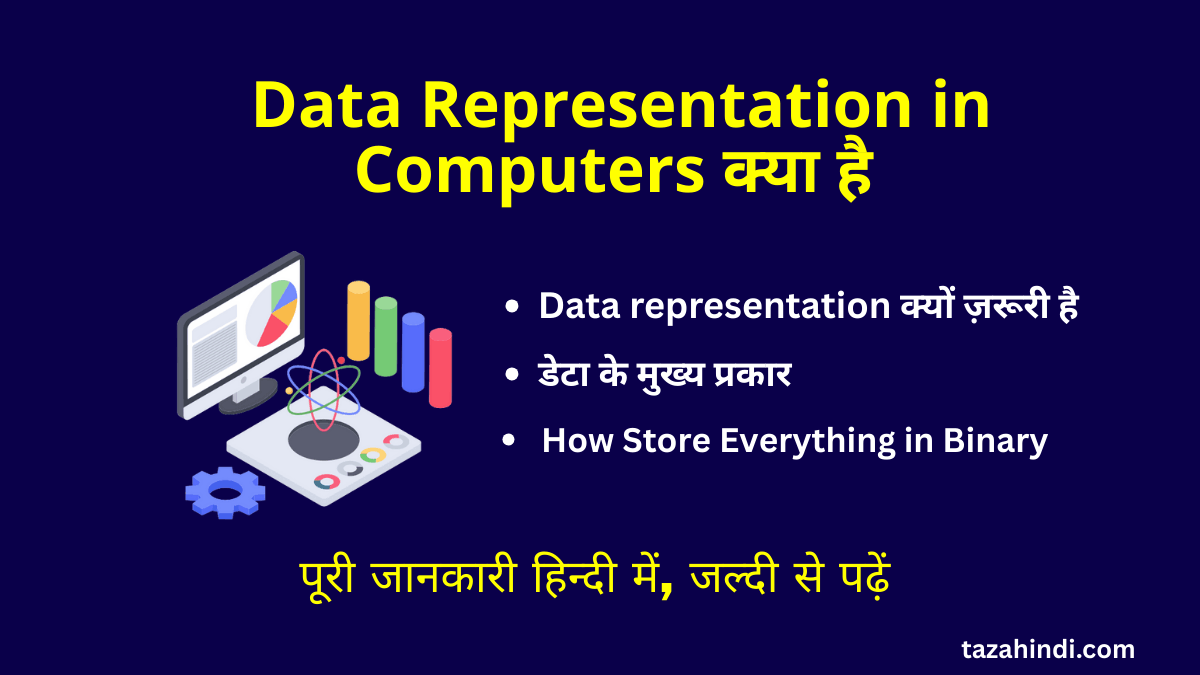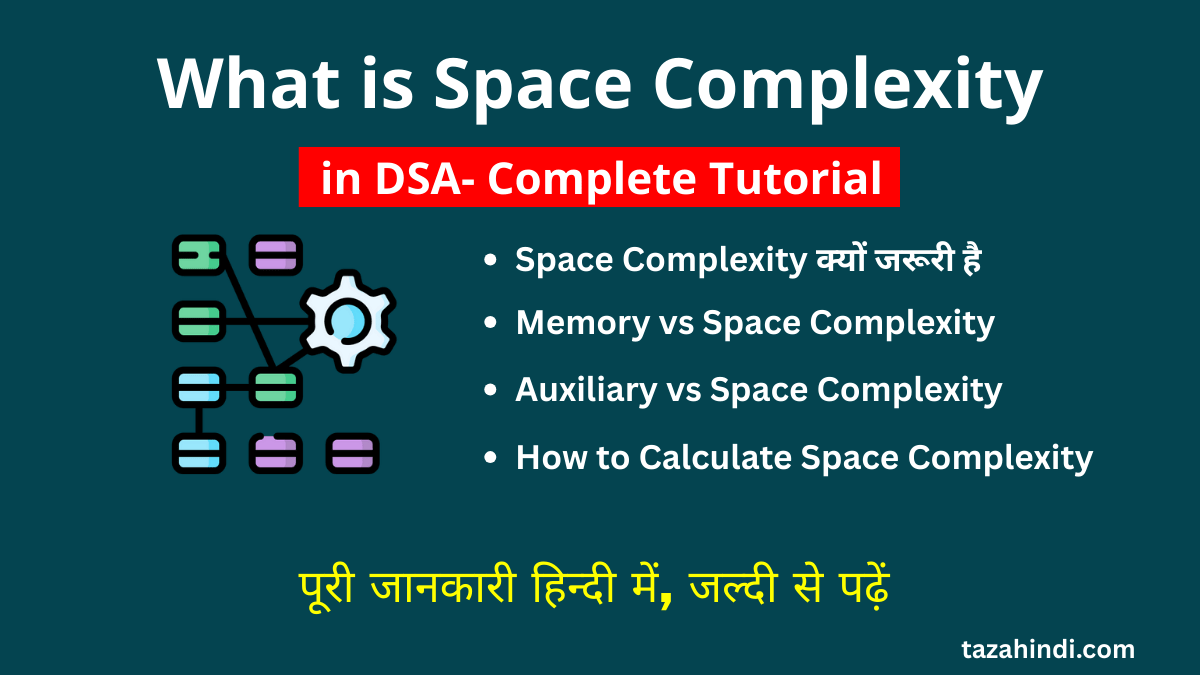Loops play a crucial role in programming by allowing the execution of a set of instructions repeatedly. Recursion and iteration are two fundamental concepts in programming that facilitate repetitive tasks. In this article, you can learn what is Recursion and Iteration, their role in programming, how they works, benefits and drawbacks, applications and finally explore what are the difference between recursion and iteration.
Importance of loops in programming
Loops are essential in programming as they enable the execution of a block of code multiple times, saving developers from writing repetitive code. They provide efficiency, flexibility, and control over the flow of program execution. Recursion and iteration are two different approaches to achieve repetition, each with its own advantages and considerations.
What is a Recursion?
Recursion is a programming technique where a function calls itself to solve a problem by breaking it down into smaller, similar subproblems. It involves solving a complex problem by dividing it into simpler instances until a base case is reached, where the problem becomes trivial and can be directly solved. The function then combines the results from each recursive call to obtain the final solution.
Role of Recursion in programming
Recursion plays a crucial role in programming, particularly in solving problems that can be broken down into smaller subproblems. It offers an elegant and intuitive solution for tasks that exhibit a recursive structure. Recursion enables the decomposition of complex problems into simpler ones, leading to more readable and maintainable code.
Also Read : What are the difference between Constructor and Method ?
How recursion works?
Recursion relies on the concept of a base case and recursive calls. The base case represents the simplest form of the problem that can be directly solved without further recursion. The recursive calls break down the original problem into smaller subproblems that are solved by invoking the same function. As the recursive calls return, the results are combined to solve the larger problem.
Benefits of using recursion
Recursion offers several benefits in programming. It provides a concise and expressive solution for problems that exhibit a recursive nature. Recursion can lead to elegant and readable code, as it closely mirrors the problem’s structure. It also simplifies complex problems by breaking them down into smaller, manageable subproblems, enhancing code modularity and maintainability.
Drawbacks of using recursion
Despite its advantages, recursion has some drawbacks that need to be considered. Recursion can consume a significant amount of memory due to the overhead of function calls and maintaining the call stack. Recursive solutions may also be slower compared to iterative solutions due to the repeated function calls. Additionally, recursion can be prone to stack overflow errors if not implemented properly or if the problem size is too large.
Also Read : What are the difference between Array and Pointer ?
What are the uses of recursion?
Recursion is well-suited for problems that exhibit recursive characteristics, such as traversing hierarchical data structures (e.g., trees), backtracking algorithms, and mathematical calculations involving repeated subproblems. It is commonly used in tasks like searching, sorting, pathfinding, and generating permutations or combinations.
Recursive algorithms and their applications
- The factorial function: The factorial of a non-negative integer is computed recursively by multiplying it with the factorial of the preceding integers. This recursive approach is used in mathematical calculations and probability problems.
- Binary tree traversal: Recursive algorithms are commonly used to traverse binary trees, such as in-order, pre-order, and post-order traversals.
- The Fibonacci sequence: The Fibonacci sequence is computed recursively by adding the two preceding numbers in the sequence. This recursive approach is used in mathematical modeling, financial calculations, and algorithmic problems.
Also Read : Top 10 Certifications in Computer Science for High Salary in 2023
What is Iteration?
Iteration is a programming concept that involves repeating a block of code a specific number of times or until a certain condition is met. It uses loops to repeatedly execute a set of instructions until the desired outcome is achieved. Iteration provides control over the flow of program execution and allows for efficient repetition.
Significance of iteration in programming
Iteration is significant in programming as it provides a structured and controlled approach to repetitive tasks. It allows developers to execute a block of code repeatedly, either a fixed number of times or until a specific condition is met. Iteration provides flexibility and efficiency by eliminating the need for redundant code and allowing for dynamic problem-solving.
Types of iteration
There are typically two types of iteration: definite and indefinite.
- Definite Iteration: Definite iteration involves executing a block of code a predetermined number of times. This is achieved using loops with a fixed iteration count, such as the for loop. Definite iteration is suitable when the number of repetitions is known or can be calculated in advance.
- Indefinite Iteration: Indefinite iteration involves executing a block of code until a specific condition is met. This is achieved using loops with a condition that determines whether the loop should continue or terminate, such as the while loop or do-while loop. Indefinite iteration is suitable when the number of repetitions is uncertain or depends on runtime conditions.
Also Read : Difference between Bit and Byte
Benefits of using iteration
Iteration offers several advantages in programming:
- Flexibility: Iteration allows developers to handle repetitive tasks efficiently and adaptively. The number of iterations can be adjusted based on dynamic conditions, making the code more adaptable to changing requirements.
- Efficiency: Iterative solutions can often be more efficient in terms of memory and runtime compared to recursive solutions. They minimize the overhead of function calls and recursive stack management.
- Readability: Iterative code tends to be more straightforward and easier to understand for programmers who are familiar with loop constructs. It follows a linear flow, making it easier to trace and debug.
Drawbacks of using iteration
While iteration is a powerful technique, it also has some limitations:
- Code Complexity: Iterative code can become more complex when dealing with intricate loop conditions or nested loops. Maintaining the loop invariants and ensuring correctness can be challenging in some cases.
- Redundancy: In certain scenarios, iteration may lead to redundant code, as developers need to explicitly define the loop conditions, increment counters, or handle exit conditions.
Also Read : How to Make Chicken Cacciatore: Master the Art of Italian Cooking
Typical scenarios where iteration is preferred
Iteration is often preferred in the following scenarios:
- Sequential Data Processing: When processing data sequentially, such as iterating through arrays, lists, or strings, iteration provides a natural and efficient approach.
- Input Validation: Iteration is useful for validating user input or performing repetitive checks until valid data is provided.
- Searching and Filtering: When searching for specific elements in a collection or filtering data based on certain criteria, iteration offers a straightforward solution.
Iterative algorithms and their applications
- Linear Search: Iterative algorithms are commonly used for searching elements in an array or list. The algorithm traverses the data sequentially, comparing each element with the target value until a match is found or the end of the collection is reached.
- Bubble Sort: Bubble sort is an iterative sorting algorithm that repeatedly compares adjacent elements and swaps them if they are in the wrong order. The process continues until the entire collection is sorted.
- Fibonacci Sequence (Iterative Approach): Although the Fibonacci sequence can also be computed recursively, an iterative approach using a loop is often preferred due to its simplicity and efficiency.
Also Read : How to Learn and Master Python Programming within one month
Difference between Recursion and iteration
The main differences between recursion and iteration are as follows:
| Recursion | Iteration |
| Recursion relies on function calls, where each call results in a new instance of the function being executed. | Iteration uses loop constructs to control the flow of execution. |
| Recursion breaks down a problem into smaller subproblems until a base case is reached. | While iteration repeatedly executes a block of code based on a predefined condition. |
| Recursion can consume more memory due to the need to maintain a call stack for each recursive call. | Iteration typically requires less memory as it does not involve the overhead of maintaining a call stack. |
| Recursion can lead to more concise and elegant code, closely reflecting the problem’s recursive structure. However, it may be harder to understand and debug for programmers not familiar with recursive thinking. | Iteration follows a more linear flow, making it easier to comprehend and debug in most cases. |
| In certain cases, recursion may be slower compared to iteration due to the overhead of function calls. | Iteration, particularly when implemented efficiently, can offer better performance. |
| Recursion is well-suited for problems that can be divided into smaller, similar subproblems, such as tree traversals or backtracking algorithms. | Iteration is often preferred for tasks that involve sequential data processing, searching, sorting, and input validation. |
Conclusion
Recursion and iteration are essential concepts in programming that allow for repetition and solving complex problems. Recursion provides an elegant solution by breaking down problems into smaller subproblems, while iteration offers control and efficiency through loop constructs. Understanding the differences between recursion and iteration enables programmers to choose the most appropriate approach based on the problem’s nature, performance requirements, and code readability.



